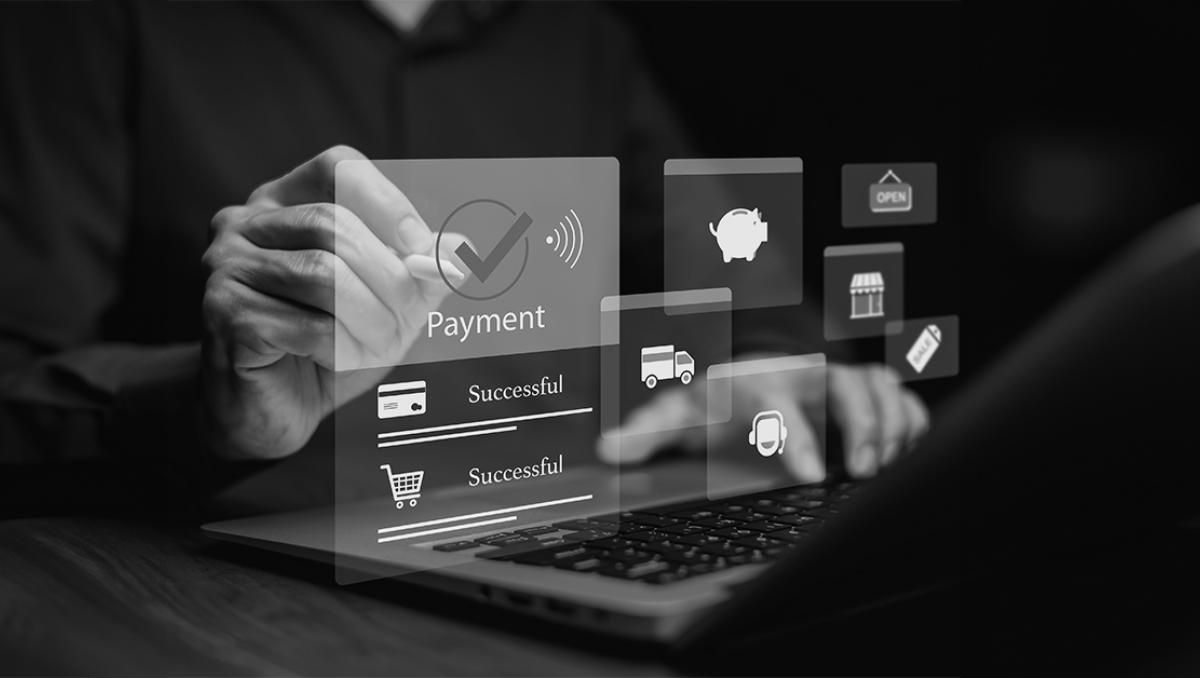- What is Project Stargate? Why this $500-billion AI initiative could herald a 'platform shift'
- T-Mobile users can now try Starlink's satellite service for free - here's how
- The best USB-C cables for the iPhone 15 in 2025: What the experts recommend
- The best cheap smartwatches of 2025: Expert tested and reviewed
- This Sony Bravia is my pick for best TV for the money - and all 5 size options are on sale
Cyber-Safe Shopping: Protect Yourself from Holiday Scams and Cyber Threats

The holiday shopping season is here, and while it brings excitement and joy, it also opens opportunities for cybercriminals to exploit unsuspecting shoppers. With more people buying gifts online and taking advantage of holiday deals, the risk of falling victim to cyberattacks increases. Whether you’re shopping from your desktop, mobile device, or in-store, it’s essential to be aware of common threats and take steps to protect yourself.
Here’s a guide on how to stay safe while you enjoy the holiday shopping season:
Beware of Phishing Scams
Phishing scams are one of the most common ways to steal your information. Cybercriminals will often pose as retailers, banks, or even friends, sending emails or text messages that seem too good to be true. These messages often contain links to fake websites that look real but are designed to steal your personal data or login credentials.
How to Avoid Phishing:
- Check the sender: Always verify the sender’s email address. Legitimate companies rarely send unsolicited emails or text messages.
- Look for red flags: Poor grammar, suspicious links, or urgent messages are common signs of phishing.
- Don’t click links or open attachments: If you get an unexpected email offering a deal or asking for payment, don’t click on any links or open attachments. Instead, visit the company’s website directly to check the offer.
- Use multi-factor authentication: Enable MFA (Multi-Factor Authentication) on your accounts to add an extra layer of security.
Shop Only on Trusted Websites
Shopping online is convenient, but it’s also important to make sure you’re buying from legitimate, trustworthy sources. Cybercriminals may set up fake online stores that look like your favorite retailers, luring you into entering your payment details.
How to Identify Trusted Websites:
- Look for HTTPS: Always check for “HTTPS” at the beginning of a website’s address, indicating it is secure. You’ll also see a small padlock symbol in the address bar.
- Do some research: Before making a purchase, read reviews and look for any red flags like inconsistent contact information, high-pressure sales tactics, or unfamiliar payment methods.
- Avoid sketchy deals: If an offer sounds too good to be true, it probably is. Stick to well-known retailers or reputable online marketplaces.
Use Credit Cards or Secure Payment Methods
When shopping online, avoid using debit cards or methods that don’t offer fraud protection. Credit cards often provide better consumer protection against fraud, and services like PayPal, Apple Pay, or Google Pay are generally more secure than entering your card information directly.
Why Credit Cards are Safer:
- Better fraud protection: Credit card companies typically offer stronger protection against unauthorized charges.
- Dispute resolution: If there is a problem with a purchase, it’s easier to dispute charges with a credit card than a debit card.
Create Strong, Unique Passwords
With so many shopping sites offering discounts and promotions, it’s tempting to sign up for new accounts. However, using weak or reused passwords can put you at risk. Cybercriminals can easily obtain your login details through data breaches, and if you use the same password for multiple sites, they could potentially access your other accounts, too.
How to Keep Your Accounts Safe:
- Use a password manager: A password manager can help you create and store strong, unique passwords for every account without the need to remember them all.
- Enable multi-factor authentication: MFA is one of the best ways to keep your accounts secure.
Monitor Your Accounts Regularly
With all the holiday shopping, it’s easy to forget about the status of your financial accounts. However, regularly monitoring your credit card statements and bank accounts can help you catch unauthorized transactions early.
How to Monitor Your Accounts:
- Set up alerts: Many banks and credit card companies allow you to set up alerts for certain transactions, such as purchases over a specific amount or changes in account information.
- Check statements: Regularly review your bank and credit card statements for any suspicious activity and report any unfamiliar transactions immediately.
- Use credit monitoring: Consider using a credit monitoring service to get notified of any suspicious changes to your credit report.
Protect Your Devices
Your smartphone, tablet, or laptop can be a target for cyberattacks. Keeping your devices secure is essential, especially when you’re accessing sensitive information like banking details and credit card numbers.
Tips for Device Security:
- Update your software: Make sure your operating system, apps, and security software are up to date. Cybercriminals often exploit vulnerabilities in outdated software.
- Install anti-malware software: Install a subscription-based anti-malware product on your devices to detect and block threats. Free anti-malware software lacks many important features of subscription-based products.
- Encrypt your devices: Enable encryption on your devices to protect your data in case your device is lost or stolen.
Stay Vigilant and Shop Safely
The holidays are a time for celebration, but they’re also a prime opportunity for cybercriminals to target shoppers. By taking a few simple precautions, you can reduce your risk and enjoy a safe and secure shopping season. Staying safe online requires vigilance year-round, but with a little extra caution this holiday season, you can protect your personal information and make your shopping experience enjoyable and secure.

